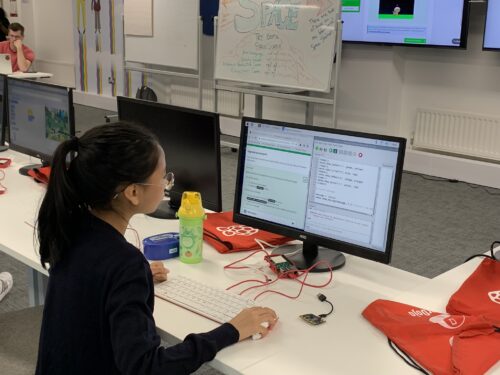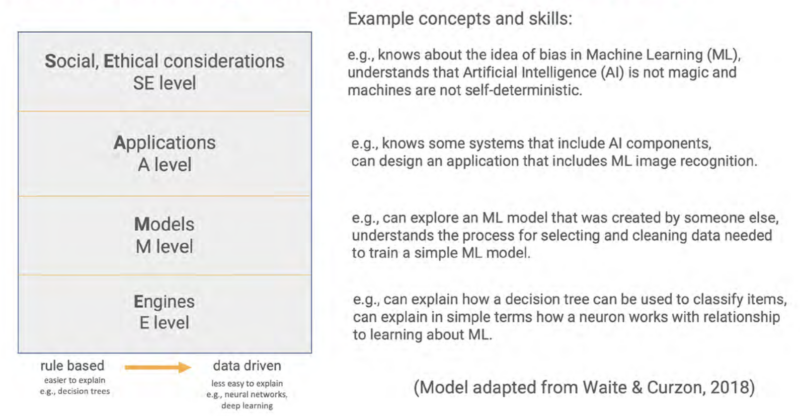People have many different reasons to think that children and teenagers need to learn about artificial intelligence (AI) technologies. Whether it’s that AI impacts young people’s lives today, or that understanding these technologies may open up careers in their future — there is broad agreement that school-level education about AI is important.
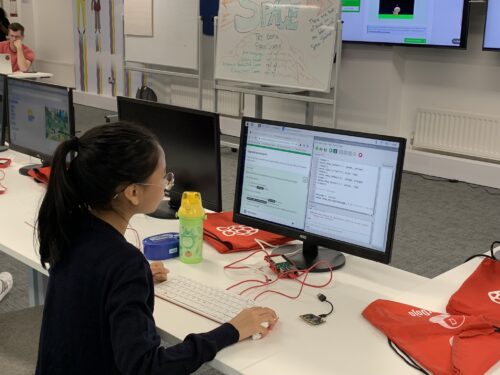
But how do you actually design lessons about AI, a technical area that is entirely new to young people? That was the question we needed to answer as we started Experience AI, our exciting collaboration with DeepMind, a leading AI company.
Our approach to developing AI education resources
As part of Experience AI, we are creating a free set of lesson resources to help teachers introduce AI and machine learning (ML) to KS3 students (ages 11 to 14). In England this area is not currently part of the national curriculum, but it’s starting to appear in all sorts of learning materials for young people.

While developing the six Experience AI lessons, we took a research-informed approach. We built on insights from the series of research seminars on AI and data science education we had hosted in 2021 and 2022, and on research we ourselves have been conducting at the Raspberry Pi Computing Education Research Centre.
We reviewed over 500 existing resources that are used to teach AI and ML.
As part of this research, we reviewed over 500 existing resources that are used to teach AI and ML. We found that the vast majority of them were one-off activities, and many claimed to be appropriate for learners of any age. There were very few sets of lessons, or units of work, that were tailored to a specific age group. Activities often had vague learning objectives, or none at all. We rarely found associated assessment activities. These were all shortcomings we wanted to avoid in our set of lessons.
To analyse the content of AI education resources, we use a simple framework called SEAME. This framework is based on work I did in 2018 with Professor Paul Curzon at Queen Mary University of London, running professional development for educators on teaching machine learning.
The SEAME framework gives you a simple way to group learning objectives and resources related to teaching AI and ML, based on whether they focus on social and ethical aspects (SE), applications (A), models (M), or engines (E, i.e. how AI works). We hope that it will be a useful tool for anyone who is interested in looking at resources to teach AI.
What do AI education resources focus on?
The four levels of the SEAME framework do not indicate a hierarchy or sequence. Instead, they offer a way for teachers, resource developers, and researchers to talk about the focus of AI learning activities.
Social and ethical aspects (SE)
The SE level covers activities that relate to the impact of AI on everyday life, and to its implications for society. Learning objectives and their related resources categorised at this level introduce students to issues such as privacy or bias concerns, the impact of AI on employment, misinformation, and the potential benefits of AI applications.
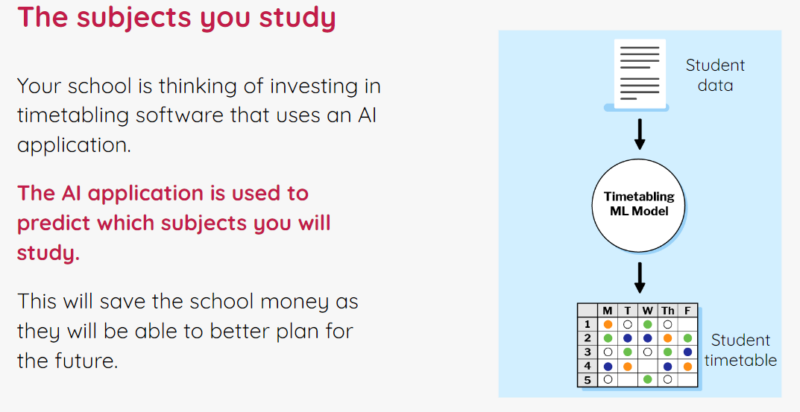
Applications (A)
The A level refers to activities related to applications and systems that use AI or ML models. At this level, learners do not learn how to train models themselves, or how such models work. Learning objectives at this level include knowing a range of AI applications and starting to understand the difference between rule-based and data-driven approaches to developing applications.
Models (M)
The M level concerns the models underlying AI and ML applications. Learning objectives at this level include learners understanding the processes used to train and test models. For example, through resources focused on the M level, students could learn about the different learning paradigms of ML (i.e., supervised, unsupervised, or reinforcement learning).
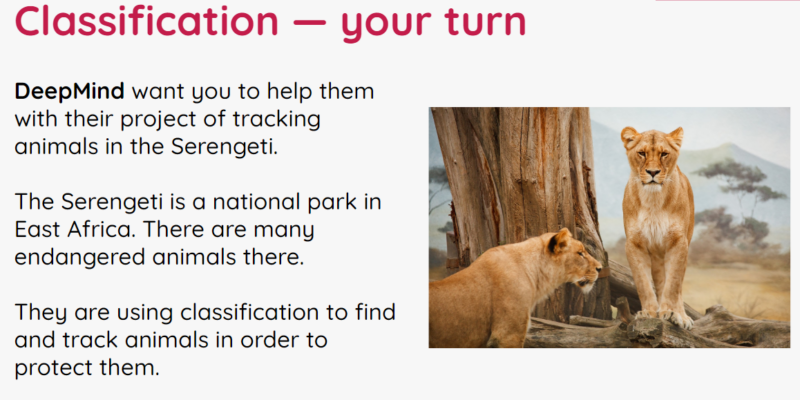
Engines (E)
The E level is related to the engines that make AI models work. This is the most hidden and complex level, and for school-aged learners may need to be taught using unplugged activities and visualisations. Learning objectives could include understanding the basic workings of systems such as data-driven decision trees and artificial neural networks.
Covering the four levels
Some learning activities may focus on a single level, but activities can also span more than one level. For example, an activity may start with learners trying out an existing ‘rock-paper-scissors’ application that uses an ML model to recognise hand shapes. This would cover the applications level. If learners then move on to train the model to improve its accuracy by adding more image data, they work at the models level.

Other activities cover several SEAME levels to address a specific concept. For example, an activity focussed on bias might start with an example of the societal impact of bias (SE level). Learners could then discuss the AI applications they use and reflect on how bias impacts them personally (A level). The activity could finish with learners exploring related data in a simple ML model and thinking about how representative the data is of all potential application users (M level).
The set of lessons on AI we are developing in collaboration with DeepMind covers all four levels of SEAME.
The set of Experience AI lessons we are developing in collaboration with DeepMind covers all four levels of SEAME. The lessons are based on carefully designed learning objectives and specifically targeted to KS3 students. Lesson materials include presentations, videos, student activities, and assessment questions.
We’re releasing the Experience AI lessons very soon — if you want to be the first to hear news about them, please sign up here.
The SEAME framework as a tool for research on AI education
For researchers, we think the SEAME framework will, for example, be useful to analyse school curriculum material to see whether some age groups have more learning activities available at one level than another, and whether this changes over time. We may find that primary school learners work mostly at the SE and A levels, and secondary school learners move between the levels with increasing clarity as they develop their knowledge. It may also be the case that some learners or teachers prefer activities focused on one level rather than another. However, we can’t be sure: research is needed to investigate the teaching and learning of AI and ML across all year groups.
That’s why we’re excited to welcome Salomey Afua Addo to the Raspberry Pi Computing Education Research Centre. Salomey joined the Centre as a PhD student in January, and her research will focus on approaches to the teaching and learning of AI. We’re looking forward to seeing the results of her work.
Website: LINK

